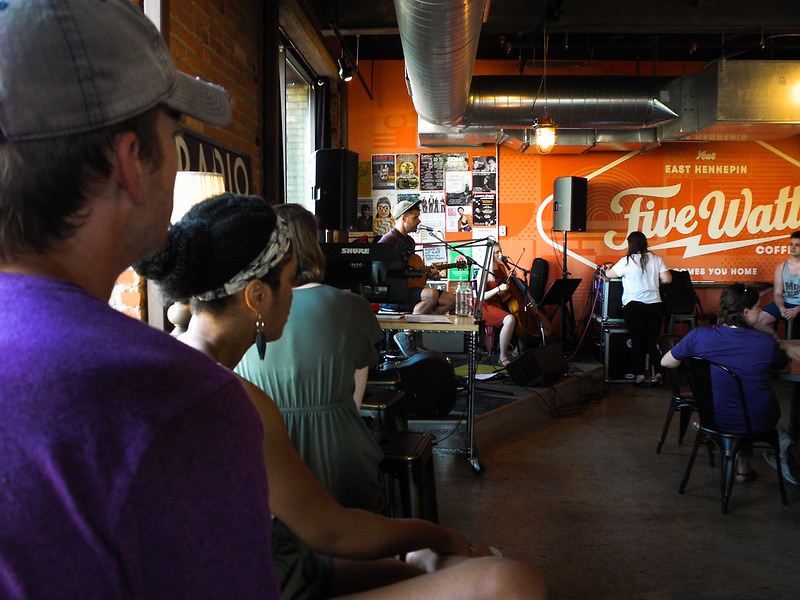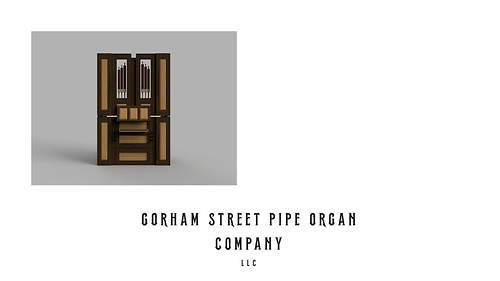Gorham Street |
by Steve Panizza
Welcome to this entity I'm building, the Gorham Street Pipe Organ Company.
Milwaukee pipe organ builder John Miller and I got together on New Year's Eve at Five Watt Coffee on East Hennepin Avenue here in Minneapolis, just a couple of months before the start of the pandemic. Five Watt Coffee combined a coffee shop with an active alt-indie music performance space.
We discussed all things pipe organ, particularly all that relates to a project we wanted to launch that repurposed my Op.1 into something that correlates well with our shared idea of an organ, with a sustainable cost of ownership, placed in an alternative space for collaborative use, and able to attract a more diverse audience.
We today live in a post-pandemic world. I want to build organs for musicians who gather and perform all the more. And like Five Watt Coffee, the ideal location might be a multi-use performance, art, or liturgical space where people come together to build community within the art and performance going on around them.
Gorham Street is a design family of 43-note one-manual continuo pipe organs based on my earlier work. Although I right-sized my shop to build larger instruments, these are what I want to build for our time. They incorporate recycled pipework that provides Victorian timbres where appropriate. They give a tonally varied solution to people who need an artistic yet cost-sustainable, cost-efficient tool for music performance and accompaniment.


